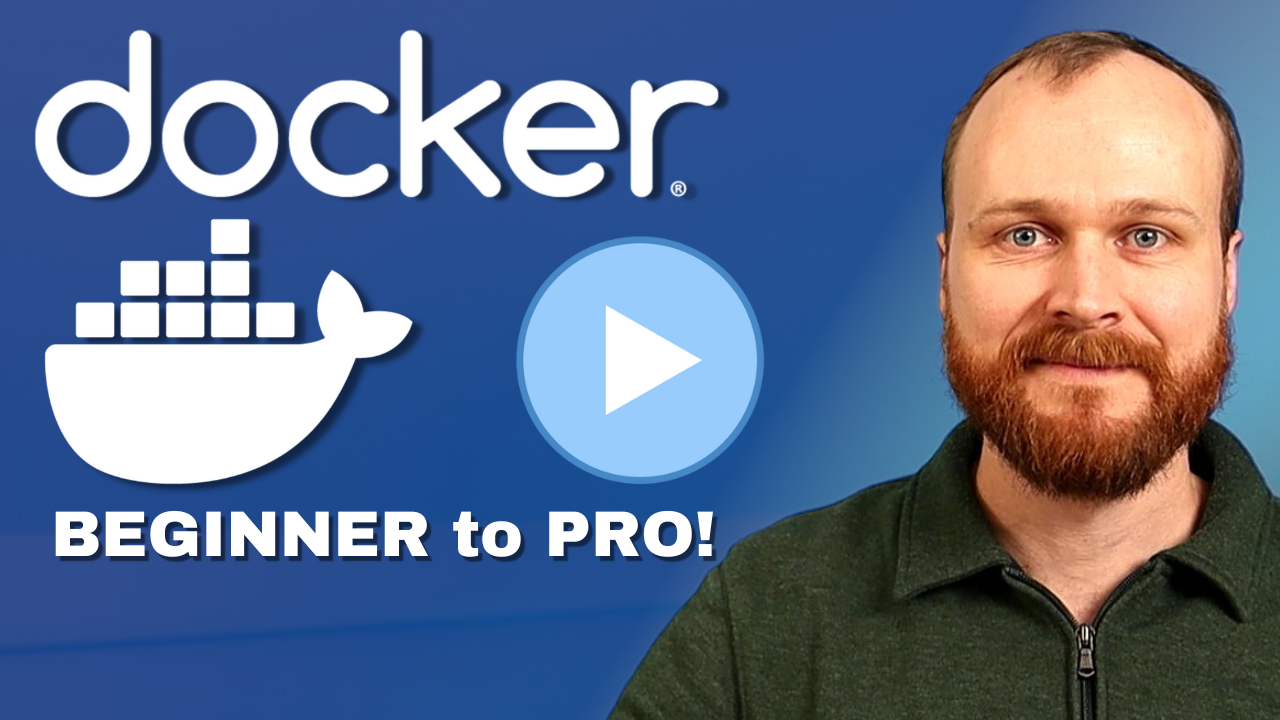1: History and Motivation
Examine the evolution of virtualization technologies from bare metal, virtual machines, and containers and the tradeoffs between them.
2: Technology Overview
Explores the three core Linux features that enable containers to function (cgroups, namespaces, and union filesystems), as well as the architecture of the Docker components.
3: Installation and Set Up
Install and configure Docker Desktop
4: Using 3rd Party Container Images
Use publicly available container images in your developer workflows and learn how about container data persistence.
5: Example Web Application
Building out a realistic microservice application to containerize.
6: Building Container Images
Write and optimize Dockerfiles and build container images for the components of the example web app.
7: Container Registries
Use container registries such as Dockerhub to share and distribute container images.
8: Running Containers
Use Docker and Docker Compose to run the containerized application from Module 5.
9: Container Security
Learn best practices for container image and container runtime security.
10: Interacting with Docker Objects
Explore how to use Docker to interact with containers, container images, volumes, and networks.
11: Development Workflow
Add tooling and configuration to enable improved developer experience when working with containers.
•Developer Experience Wishlist
12: Deploying Containers
Deploy containerized applications to production using a variety of approaches.

Bare Metal
Before virtualization was invented, all programs ran directly on the host system. The terminology many people use for this is "bare metal". While that sounds fancy and scary, you are almost certainly familiar with running on bare metal because that is what you do whenever you install a program onto your laptop/desktop computer.

With a bare metal system, the operating system, binaries/libraries, and applications are installed and run directly onto the physical hardware.
This is simple to understand and direct access to the hardware can be useful for specific configuration, but can lead to:
- Hellish dependency conflicts
- Low utilization efficiency
- Large blast radius
- Slow start up & shut down speed (minutes)
- Very slow provisioning & decommissioning (hours to days)
Virtual Machines
Virtual machines use a system called a "hypervisor" that can carve up the host resources into multiple isolated virtual hardware configuration which you can then treat as their own systems (each with an OS, binaries/libraries, and applications).

This helps improve upon some of the challenges presented by bare metal:
- No dependency conflicts
- Better utilization efficiency
- Small blast radius
- Faster startup and shutdown (minutes)
- Faster provisioning & decommissioning (minutes)
Containers
Containers are similar to virtual machines in that they provide an isolated environment for installing and configuring binaries/libraries, but rather than virtualizing at the hardware layer containers use native linux features (cgroups + namespaces) to provide that isolation while still sharing the same kernel.

This approach results in containers being more "lightweight" than virtual machines, but not providing the save level of isolation:
- No dependency conflicts
- Even better utilization efficiency
- Small blast radius
- Even faster startup and shutdown (seconds)
- Even faster provisioning & decommissioning (seconds)
- Lightweight enough to use in development!
Tradeoffs
The following table summarizes the tradeoffs between these different virtualization approaches:

Note: There is much more nuance to “performance” than this chart can capture. A VM or container doesn’t inherently sacrifice much performance relative to the bare metal it runs on, but being able to have more control over things like connected storage, physical proximity of the system relative to others it communicates with, specific hardware accelerators, etc… do enable performance tuning